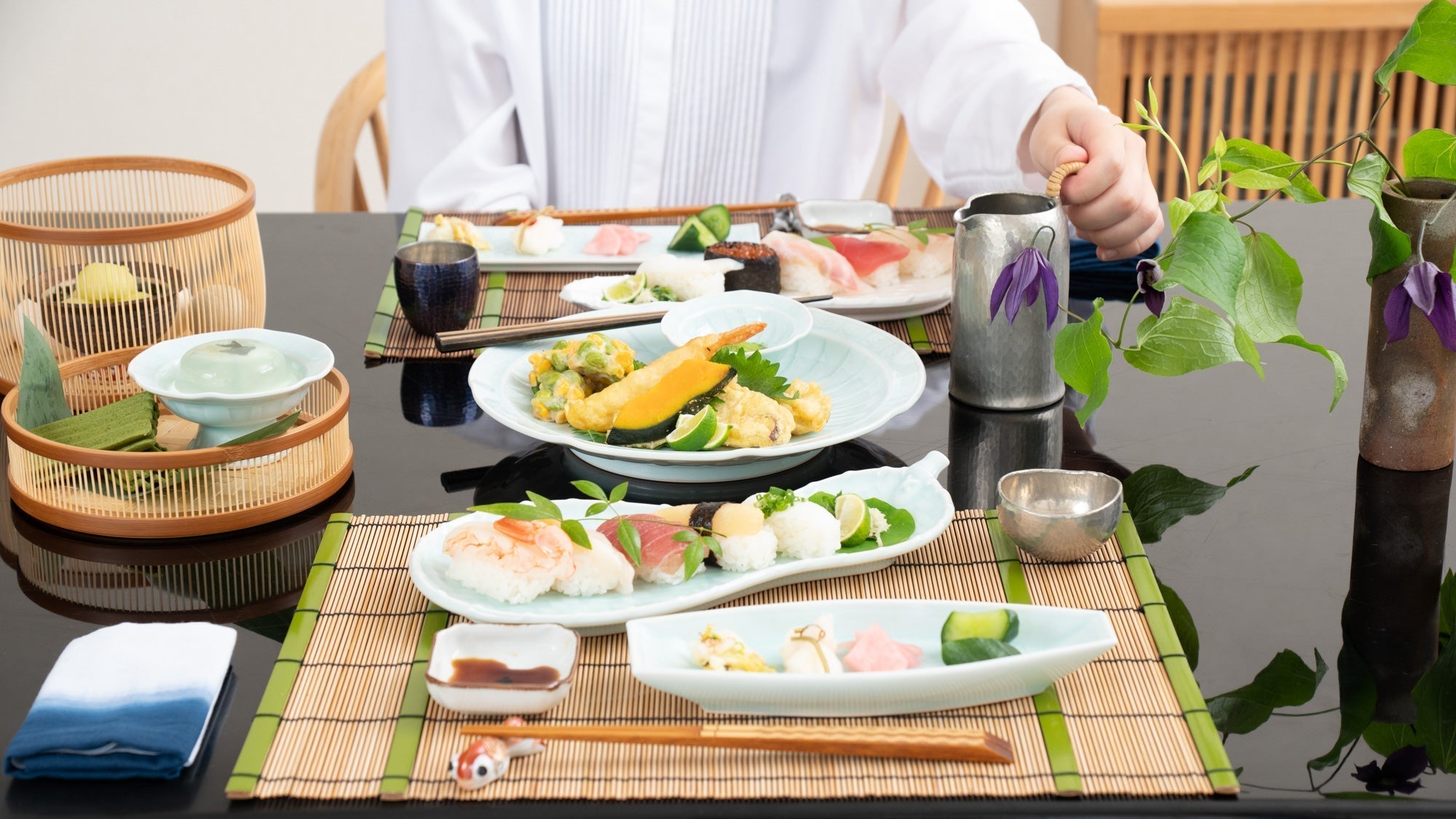
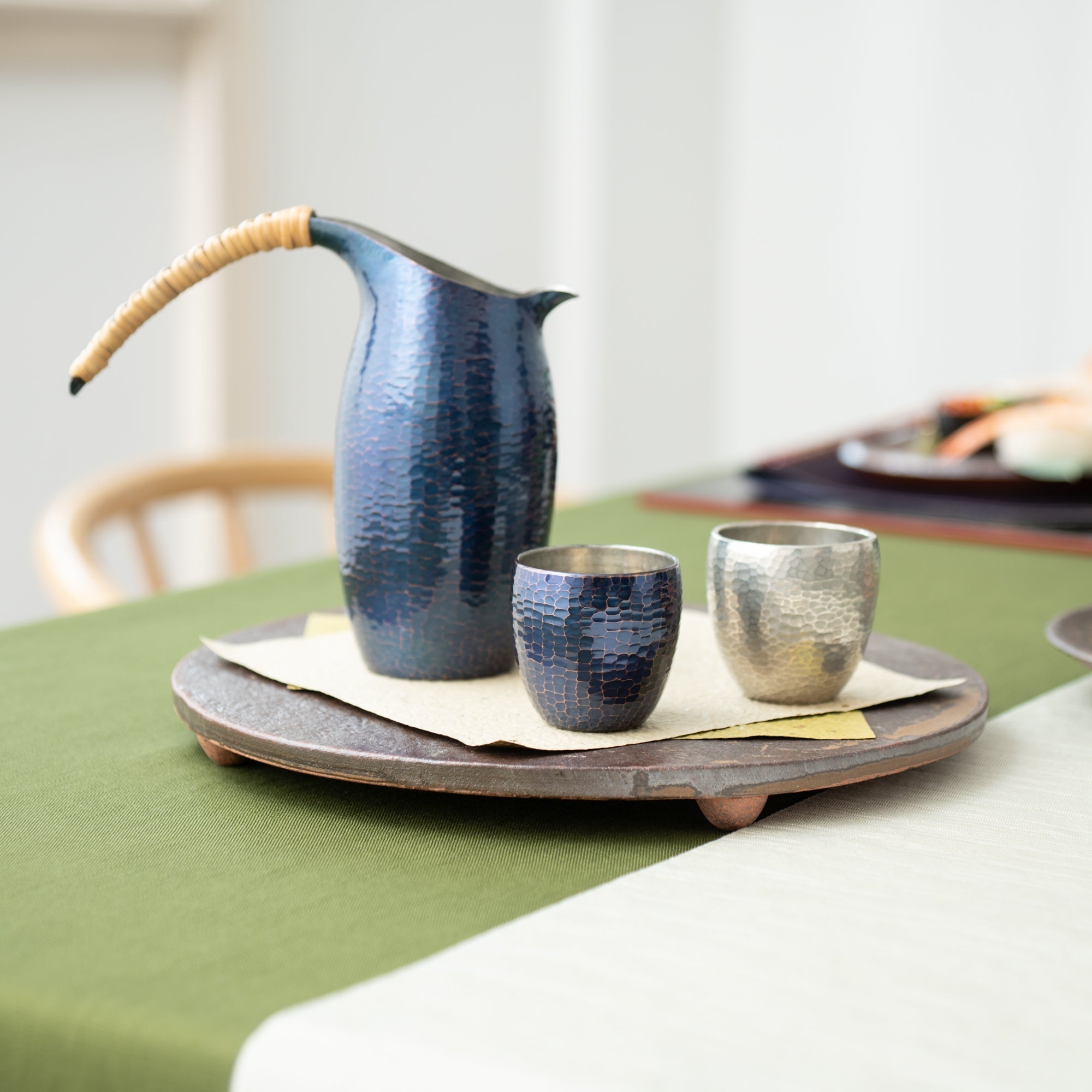
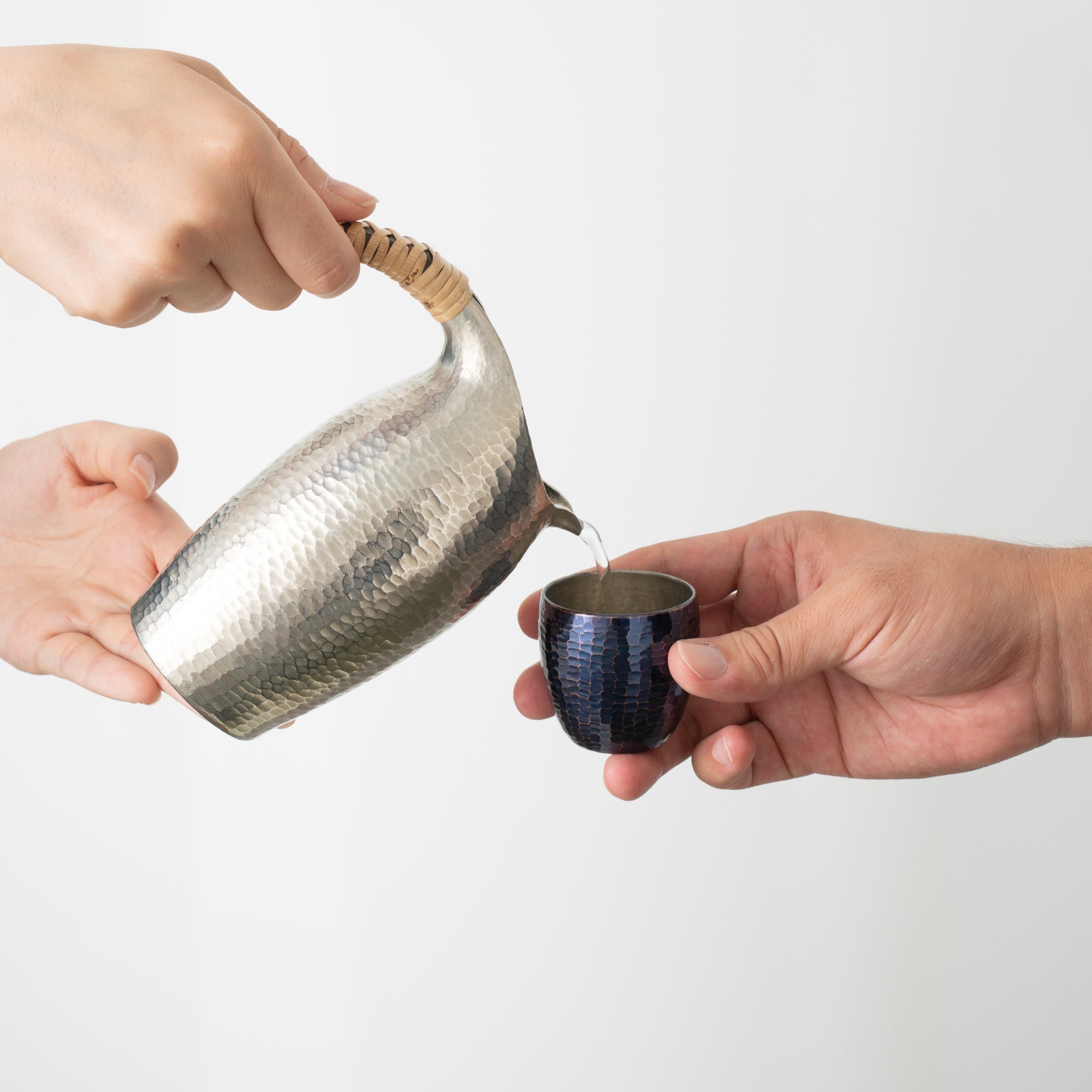
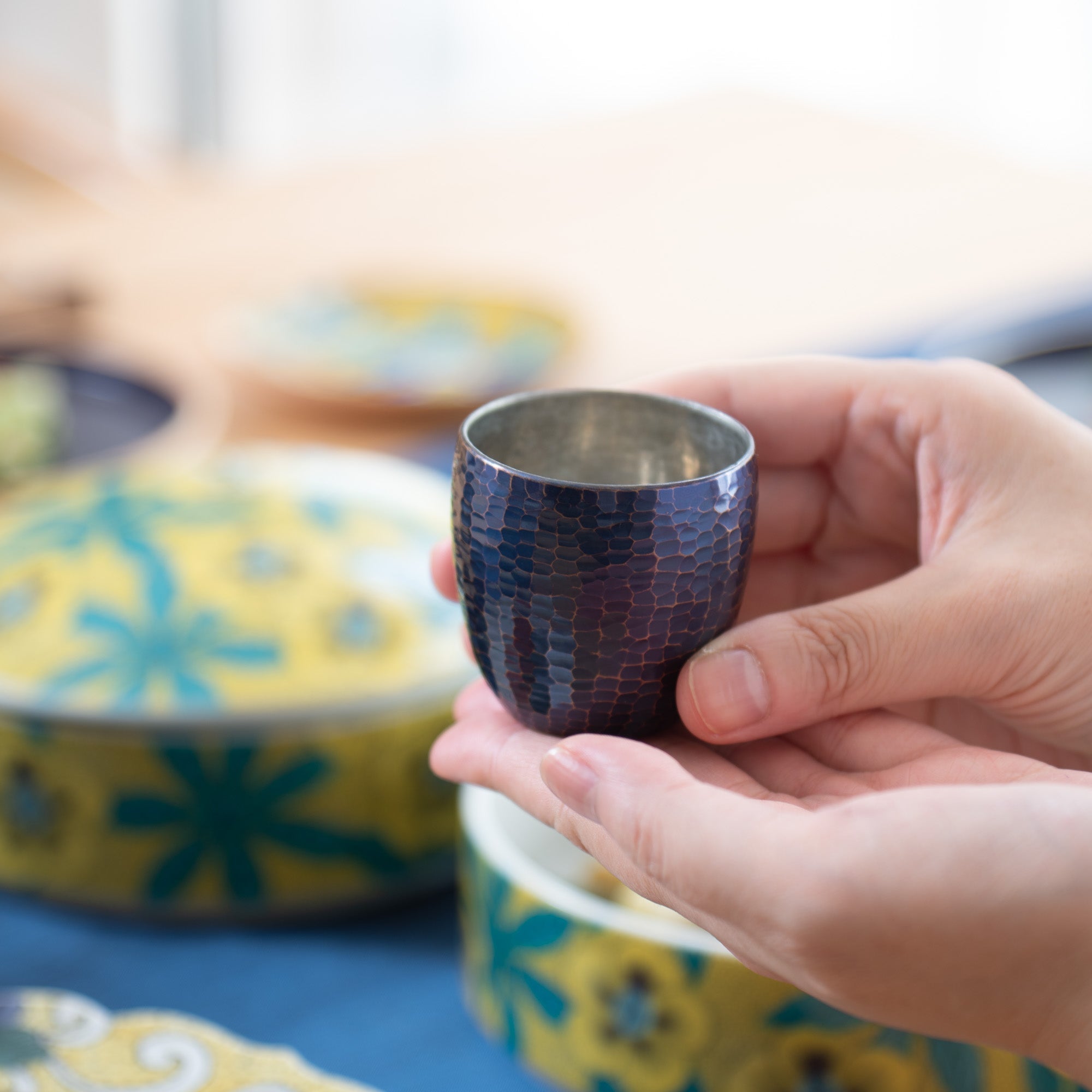


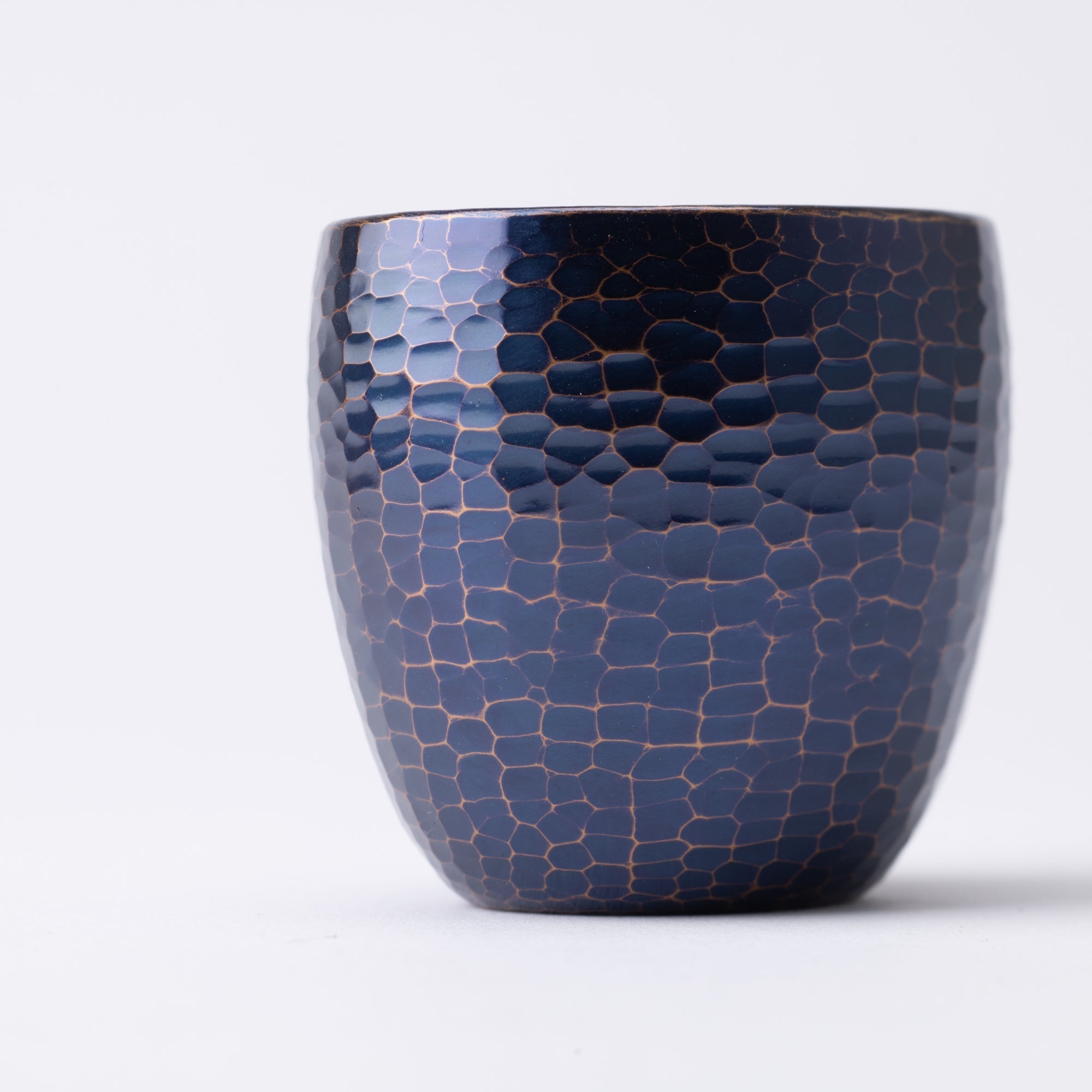
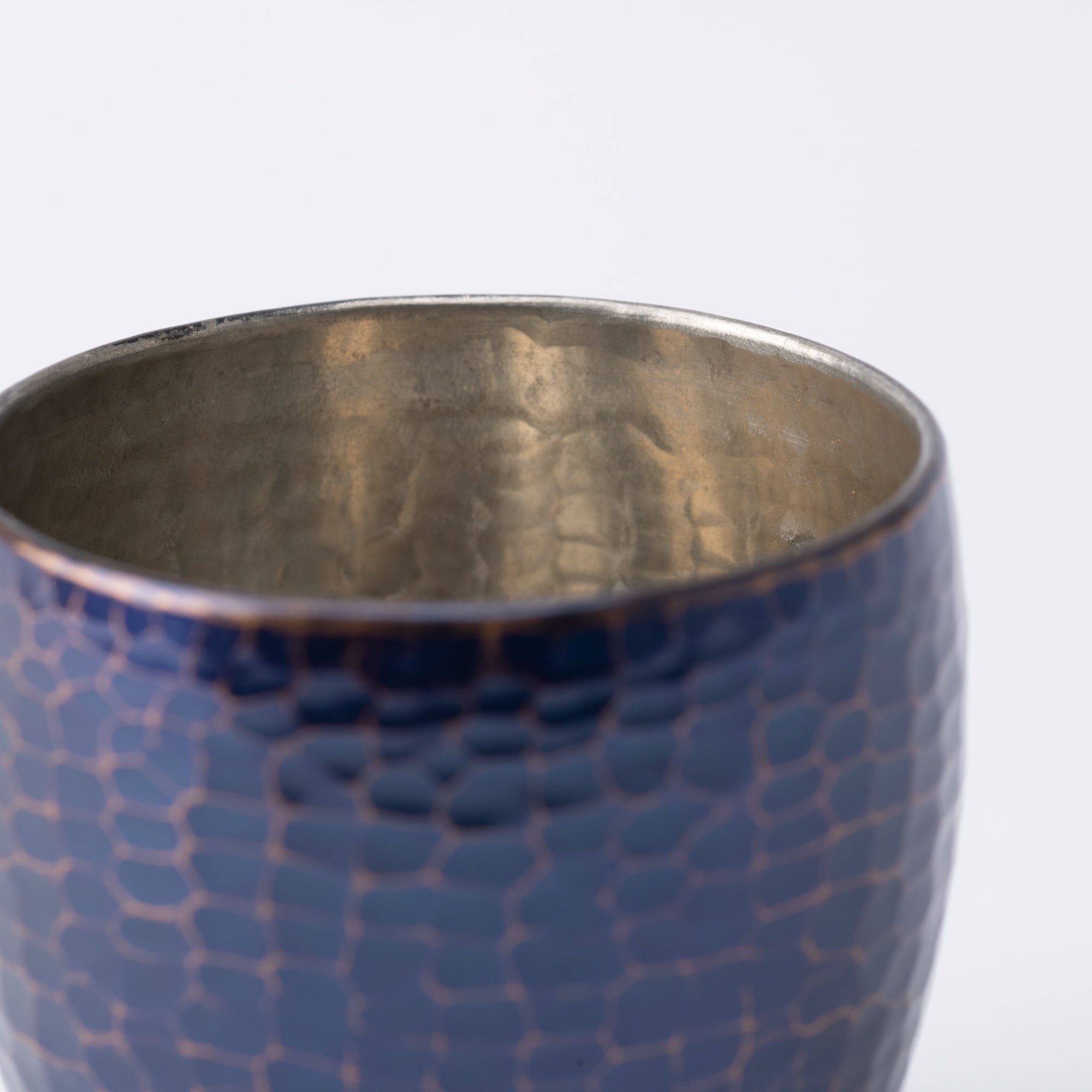
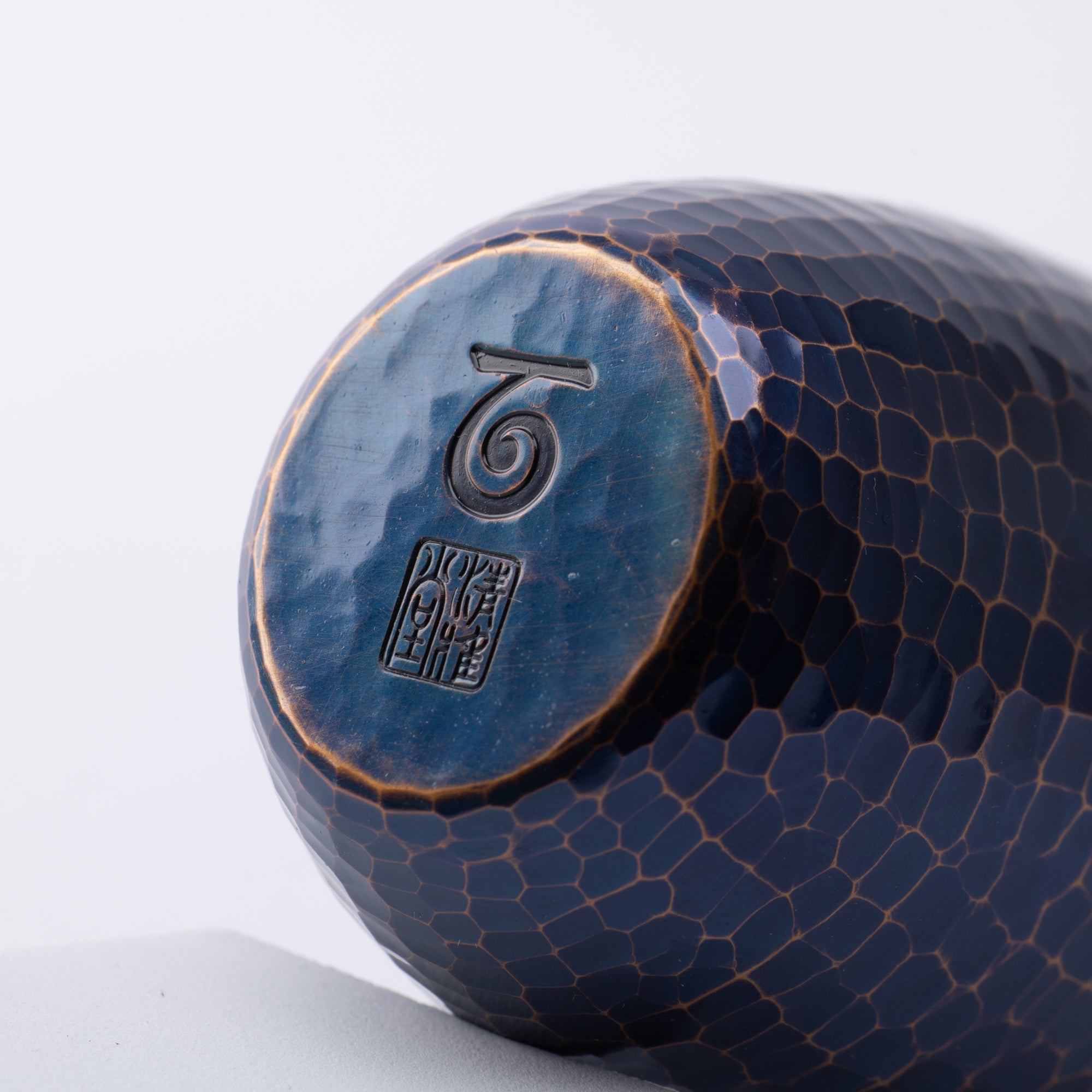
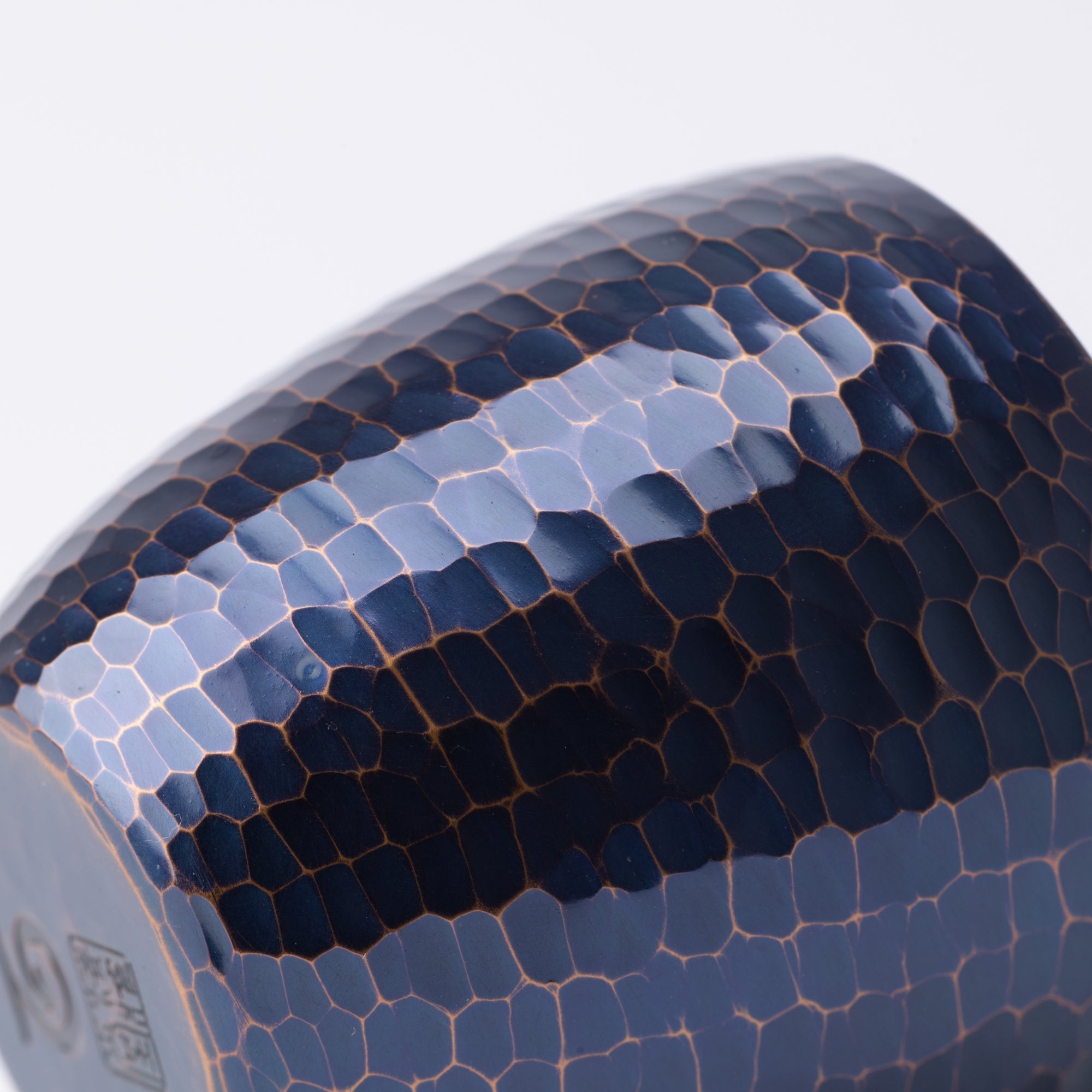
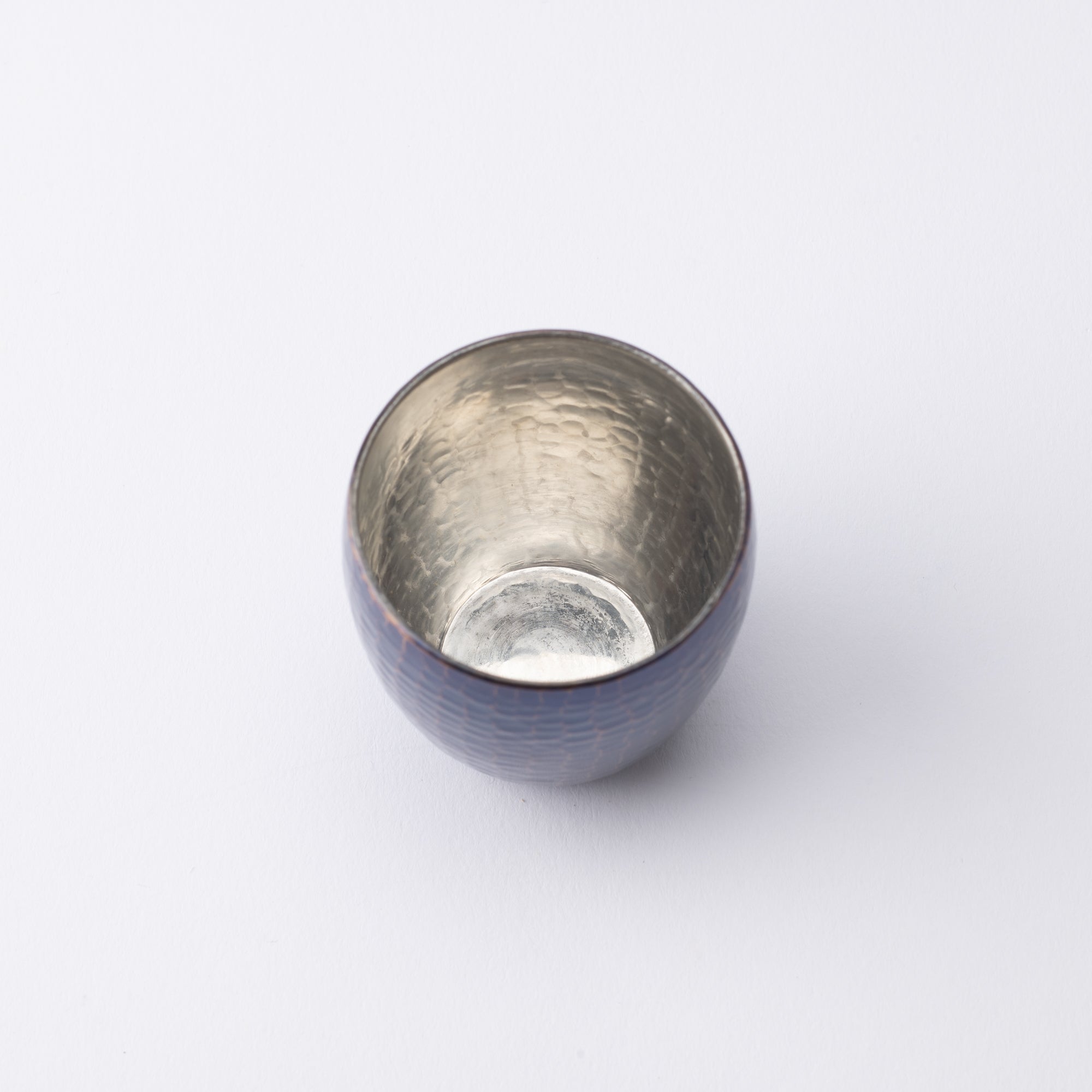
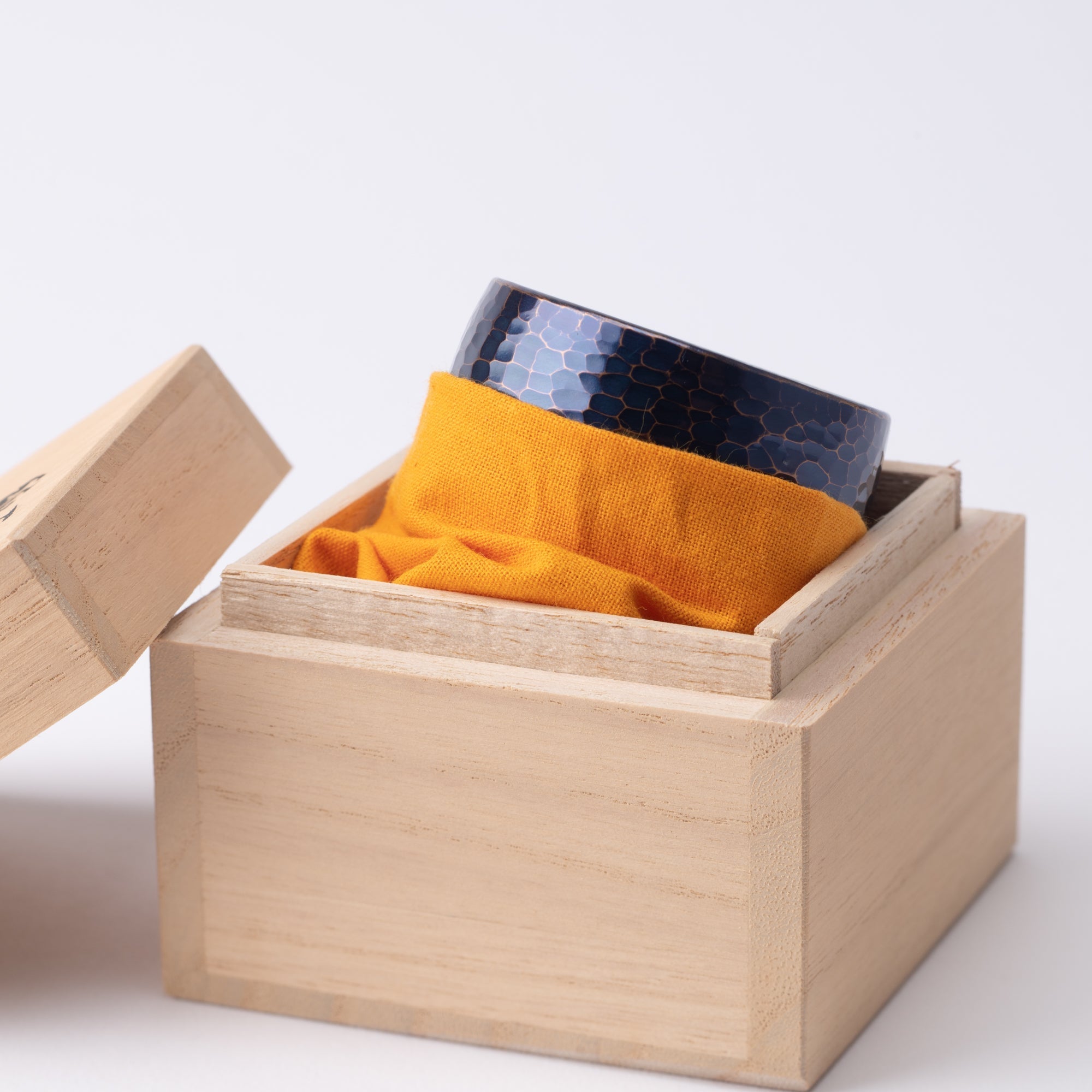


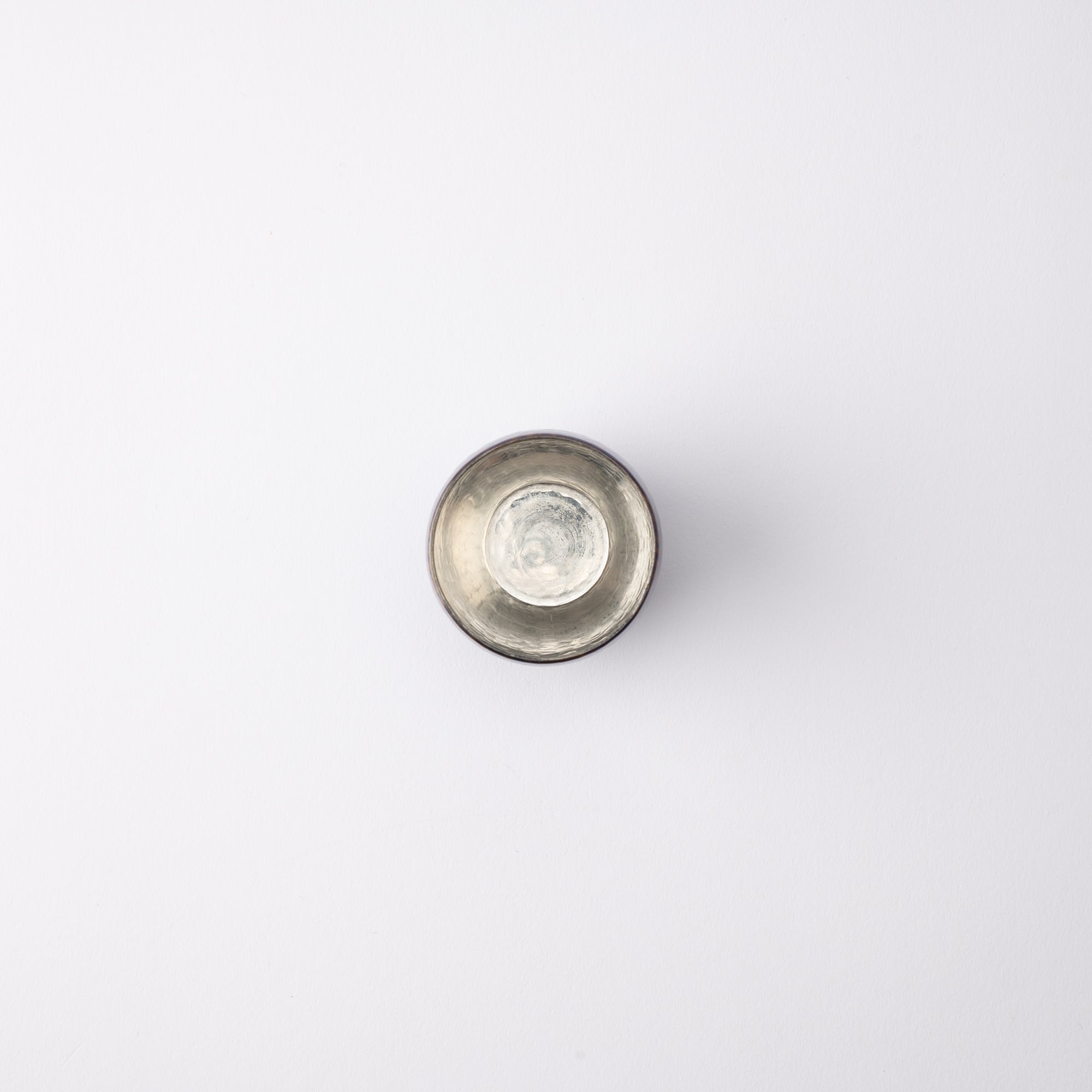

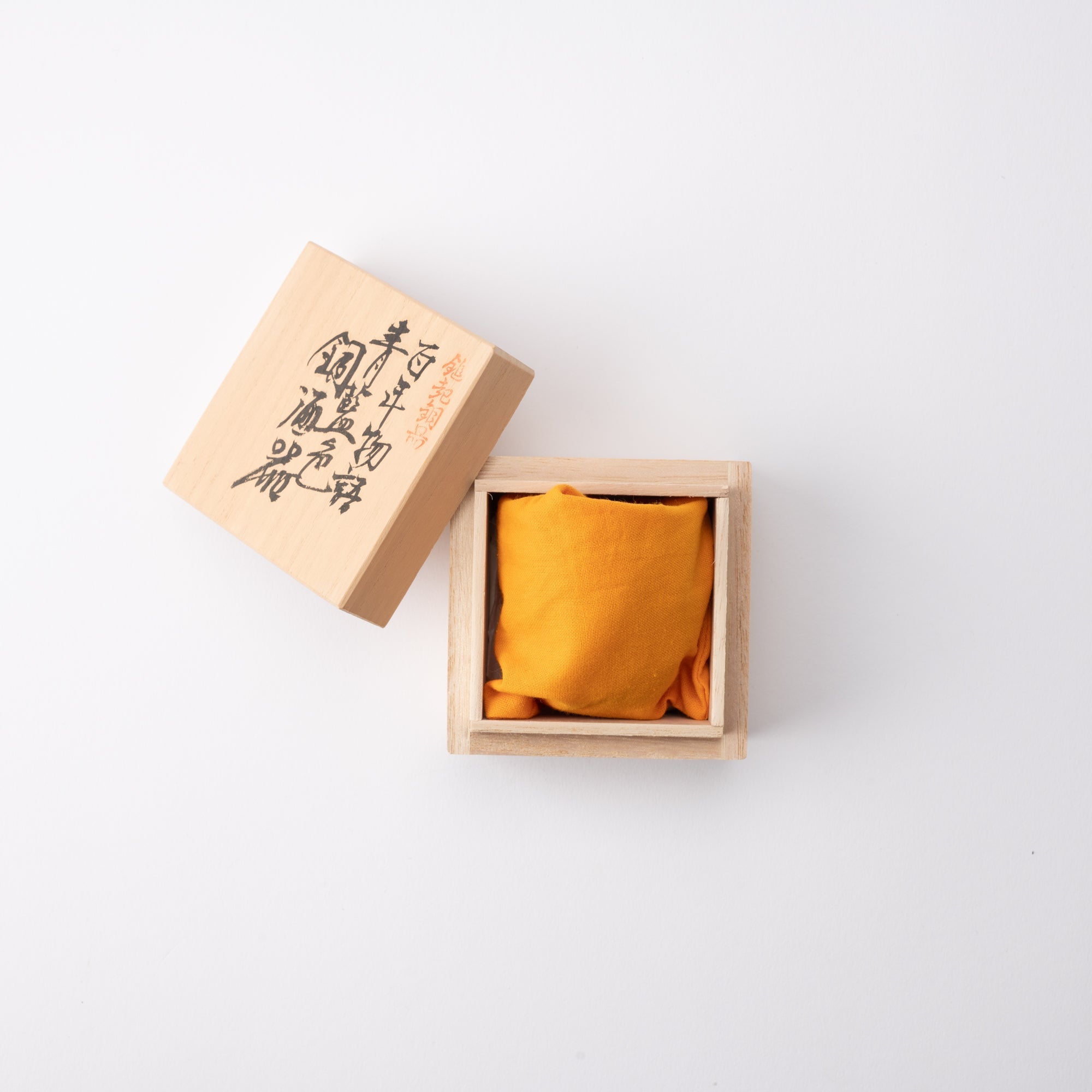
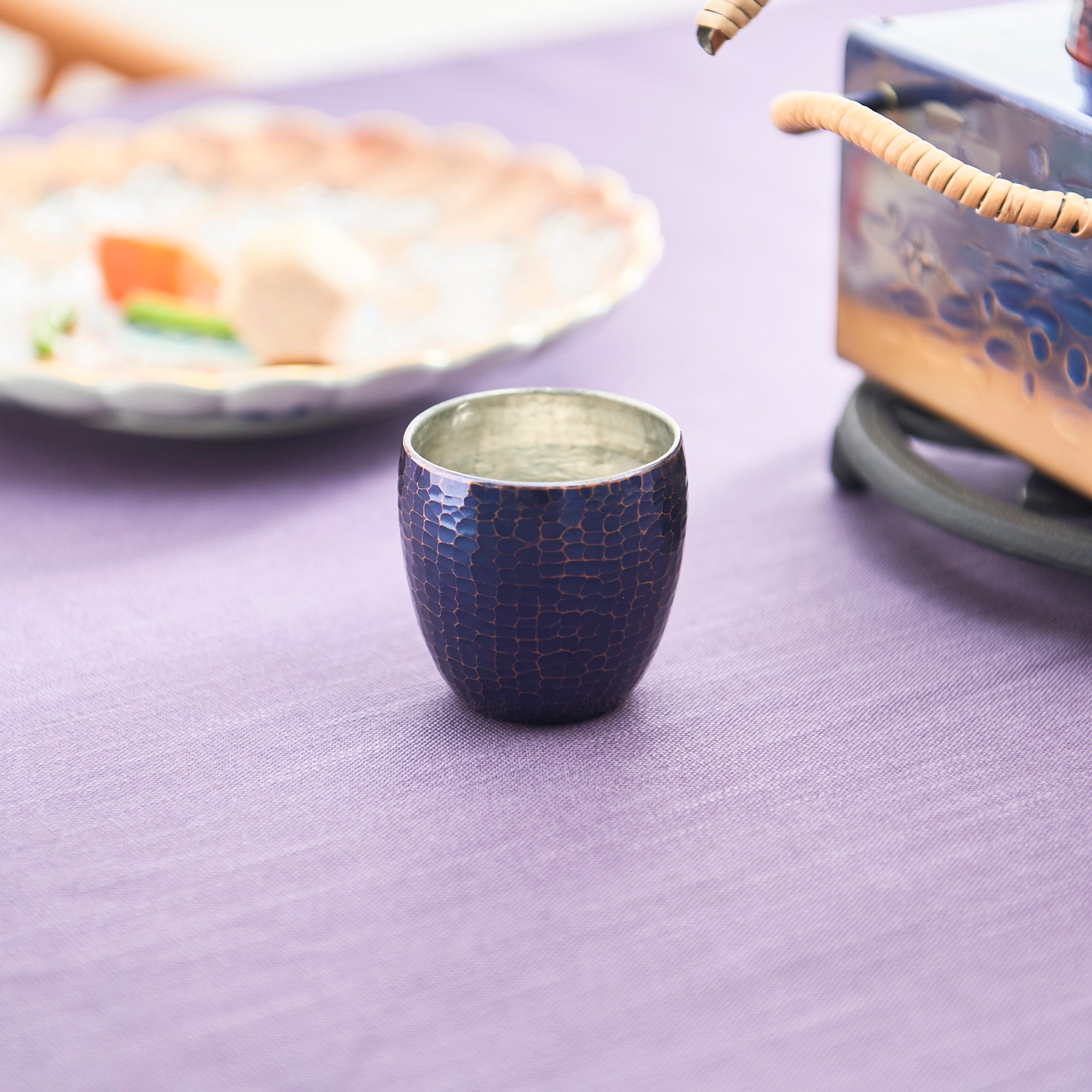
Tales of a Century Indigo Blue Guinomi Sake Cup
Estimated Shipping Widget will be displayed here!
After copper is melted and made into a sheet, it is hammered into shape using a technique called "Tsuiki" to create a seamless piece.
The inside is tin-plated as tin is suitable for storing water and other liquids because of its ability to purify what is put inside. It is also suitable for enjoying the taste of alcohol itself since it does not retain any odor.
DETAILS
| Quantity | 1 |
| Size |
D 5 cm (2.0 in) x H 5 cm (2.0 in) [Wooden Box] L 8.0 cm (3.1 in) x W 8.0 cm (3.1 in) x H 6.5 cm (2.6 in) |
| Capacity | 60 ml (2.0 fl oz) |
| Weight | 72 g (2.5 oz) |
| Material | Copper, Tin |
| Package Type | Wooden box |
| Microwave | No |
| Dishwasher | No |
Maker / Brand
Seigado’s workshop is located at the foot of Mt. Yahiko in Niigata Prefecture, where high-quality copper was discovered about 300 years ago. This region is where the traditional tsuiki metalworking technique finds its roots.
In Japan, there's a saying that things get better with use. Seigado's products possess a charm that inspires you to cherish and care for them over time.
Crafts
Metalwork has long been prized for its durability and gorgeous appearance. In Japan, bronze swords and harnesses were made from the Yayoi period (10th century BCE–mid-3rd century CE) based on techniques introduced from China and Korea. With the rise of Buddhism, the construction of temples, Buddhist statues, and ritual implements flourished, and metalworking techniques also advanced. Eventually, a wide variety of products such as tea ceremony utensils, Japanese swords, armor, and ornaments came to be manufactured.
Choose options


















Estimated Shipping Widget will be displayed here!
Guinomi
Guinomi are a type of sake cup, smaller than a typical Japanese teacup but somewhat larger than other sake cups. They are often used without a sake carafe, with sake poured directly from the bottle.
Guinomi originally held delicacies during Japanese tea ceremonies, but in time came to be used for drinking sake afterward. They have therefore evolved alongside Japan’s unique tea culture.
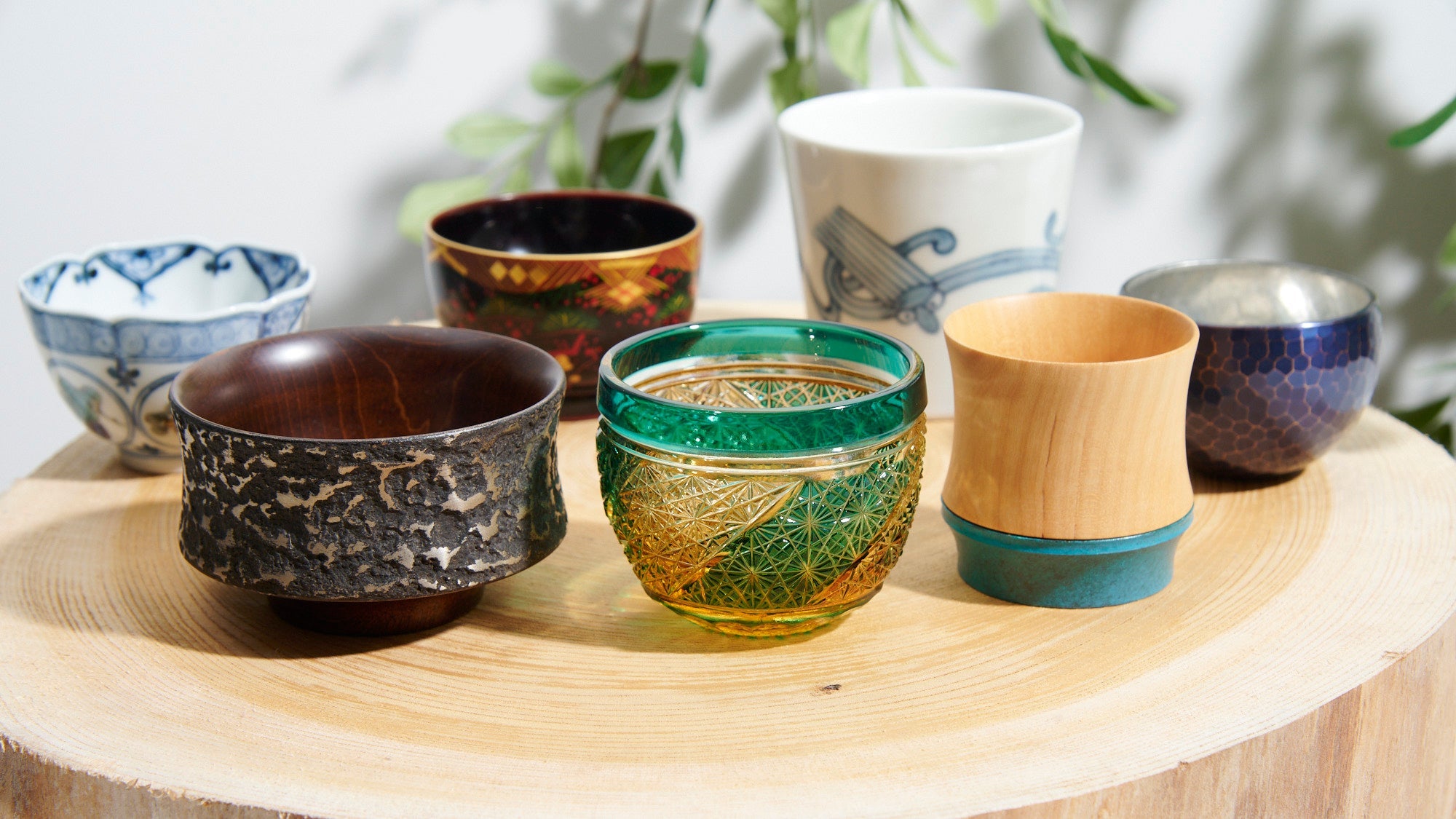
Seigado—The Radiant Beauty of Copper

Expert Tips: Guide for Choosing the Perfect Sake Cup
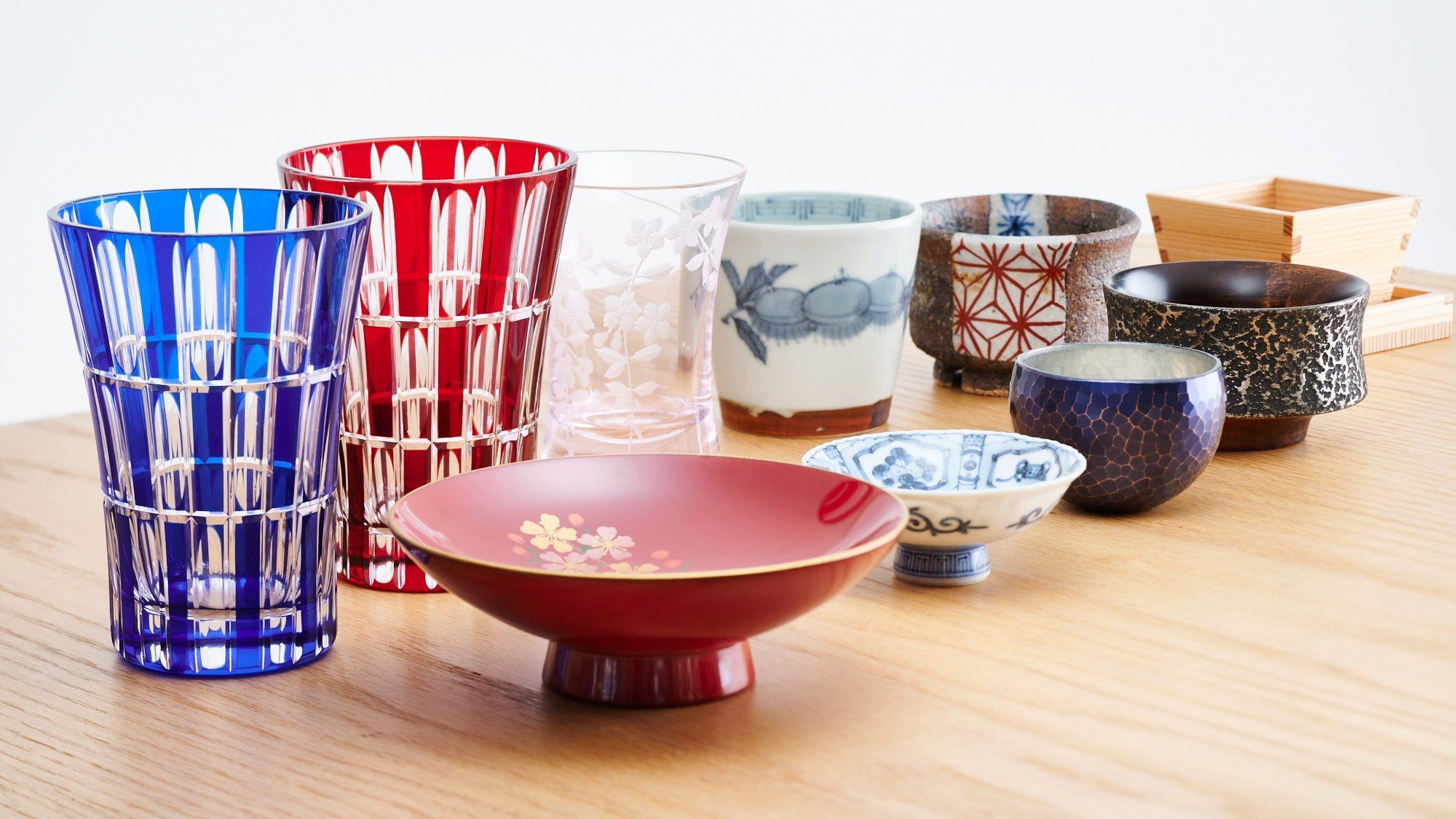
Layers of Delight: Hosting with a Shokado Bento Box
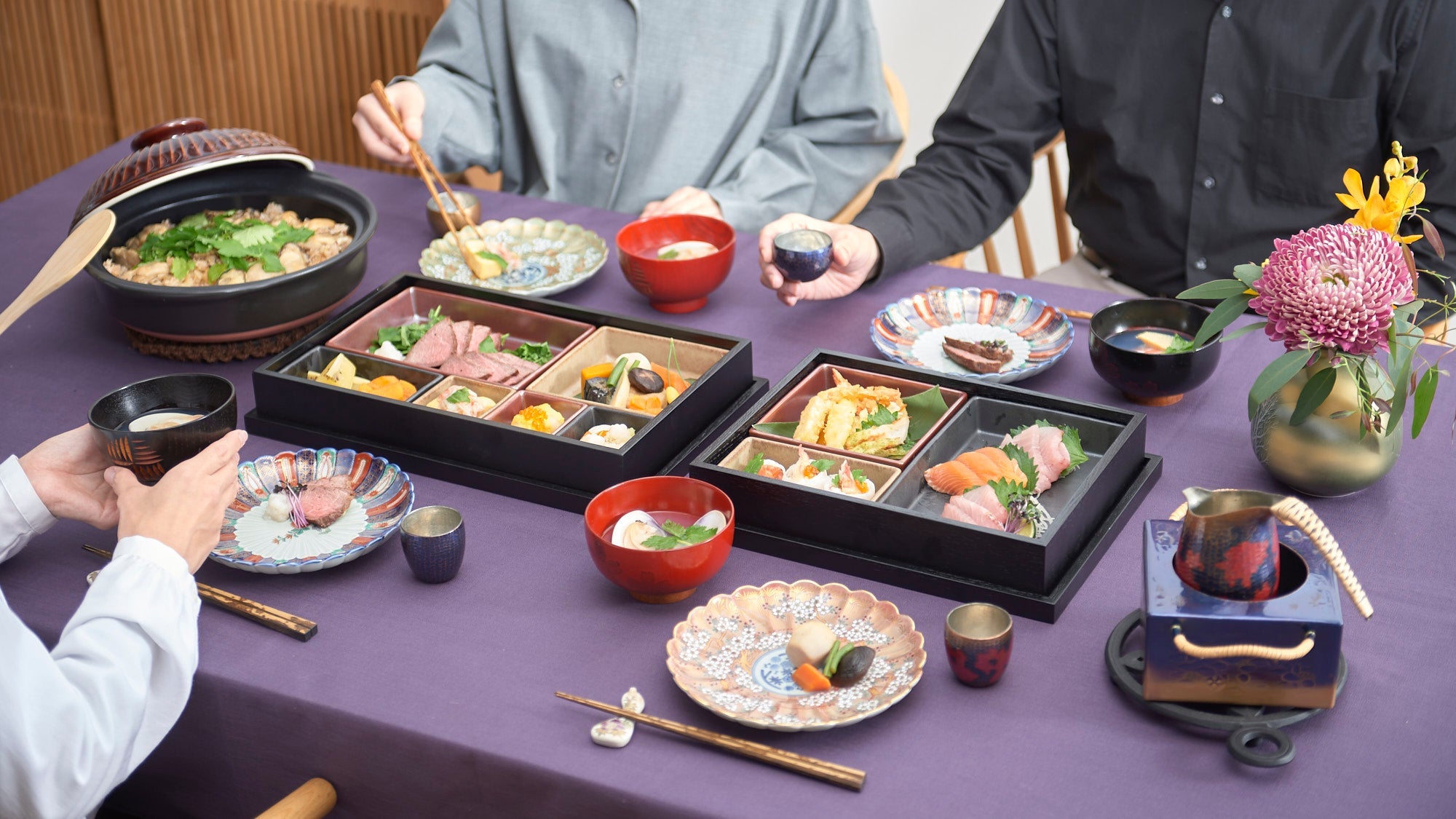
A Refreshing Summer Kappo Dining Experience with Celadon
